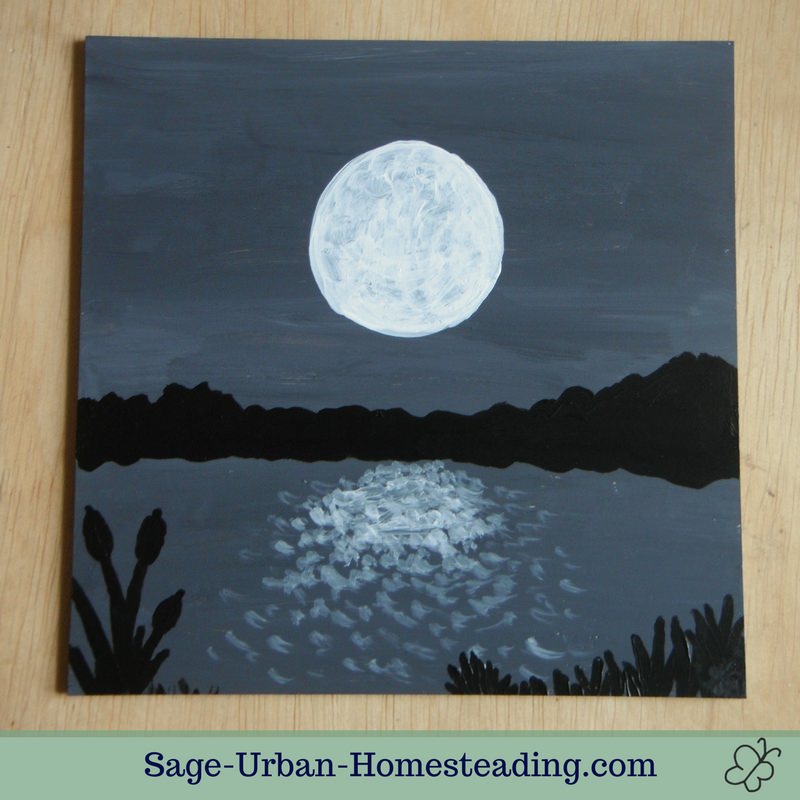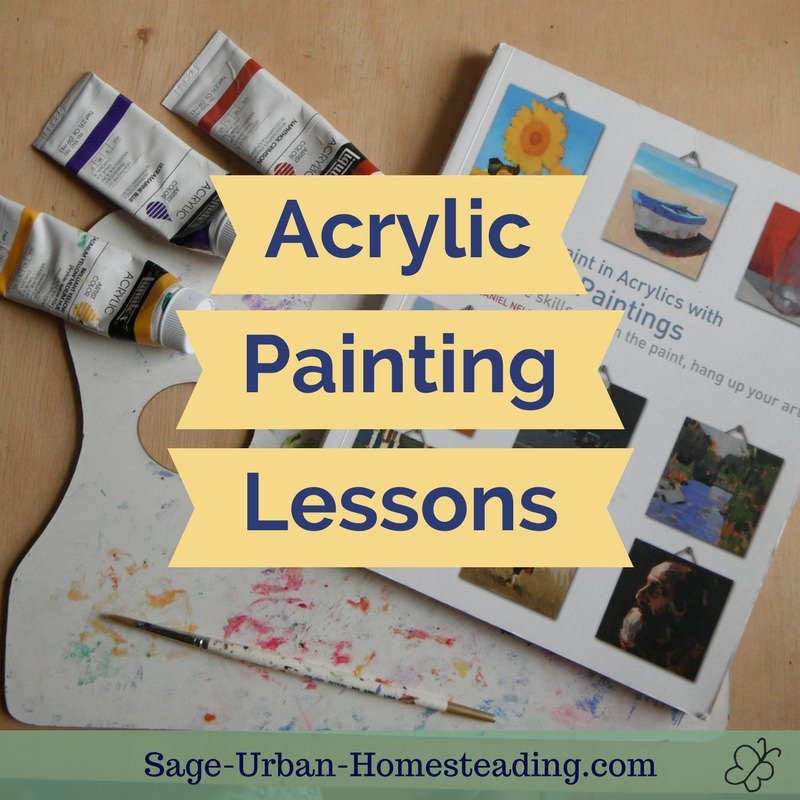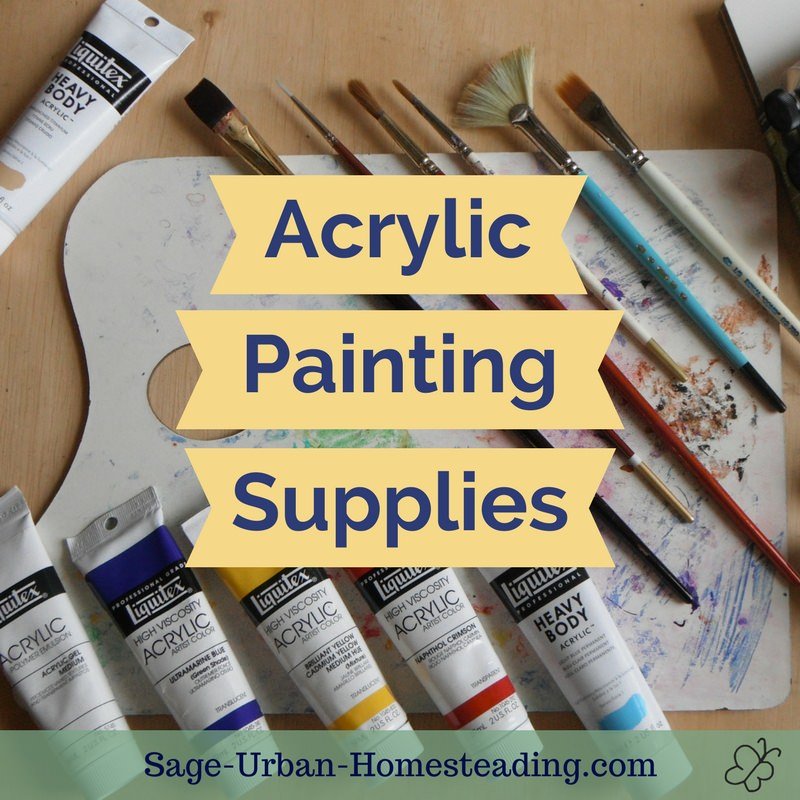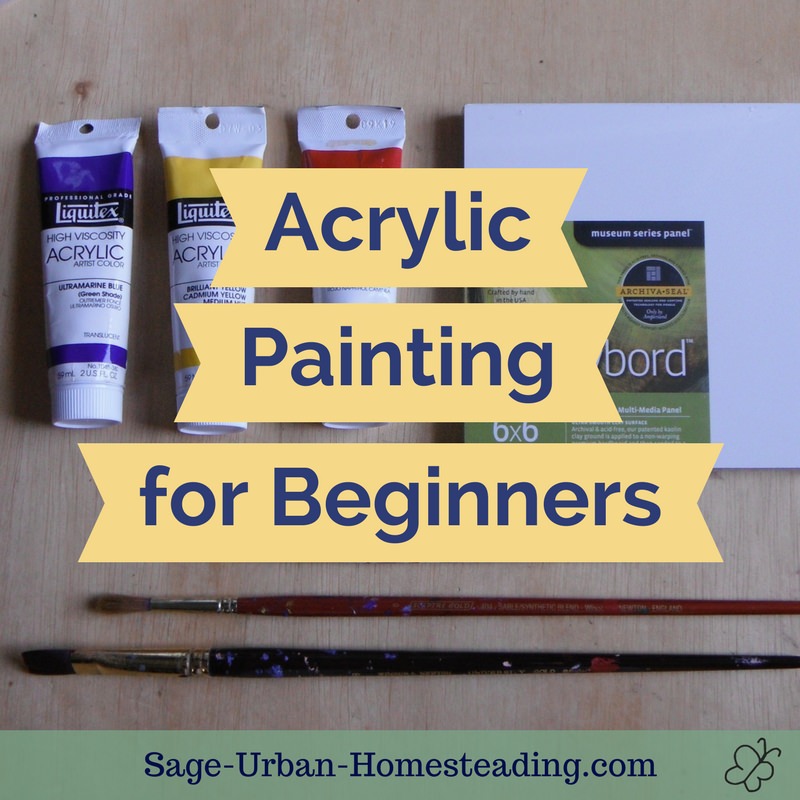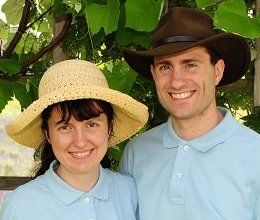FYI: I earn a small commission from some links and advertisements.
Acrylic Painting Lesson 1: Basic paint application
The goal of the first lesson is to practice basic paint application and become familiar with how acrylic paint spreads and dries. The first painting in the book is "Moonrise" with a moon at night reflected on water.
I saw artist Deanna Williamson's blog about the book and really like the idea for adding your own creativity to each painting. She added a castle!
So I brainstormed my own idea for what to paint for the first acrylic painting of the challenge. I did not like the restricted palette of only two colors: black and white. I felt it needed more to be interesting, maybe a fishing pier?
I finally settled on the idea to do a cricket on a leaf in front of the moon.
As you can see, it did not turn out as planned.
Status: Not for sale yet
Paint Application
I enjoyed the crater effects of the moon too much to want to cover it up. I was also pleased with how the shape of the distant mountains and trees seems to reflect in the water.
I did not do a second coat of gray paint application for the sky and water as the book suggests. I enjoyed making the moonbeams ripple on the water by experimenting with some matte acrylic medium mixed with the titanium white.
Brushes
I used the #8 round brush as advised and the #5 round for my added details. It's been awhile since I painted my butterfly logo and the #5 wasn't as small as I would have liked for making antenna, but I made it work.
Techniques
One painting tip that came back to me and was not mentioned in the book: Twist your brush and sort of roll it out of the paint. This helps avoid unmixed streaks on the canvas when you use your brush after mixing two colors together.
An unexpected problem: The 6 x 6 panel was so small on the easel that I had to pick it up to paint the leaf details at the bottom. Luckily acrylic paint dries quickly, but I needed the easel weight on the top to hold the canvas in place and it was a slight hassle taking it on and off to paint the bottom. Maybe I can find some scrap wood to sit underneath for a border that won't mind catching some extra paint.
Time
This first painting took 1 hour total with lots of fooling around to get supplies ready. I had to find my new paint and old paint, break the seal on the medium, and set up the easel. It should go much faster next time if I leave the easel set up and ready, and if I find a piece of scrap wood to sit at the bottom.
The young observer was outside while I did most of it, but she was very interested and is asking to paint, so mission accomplished for today!
